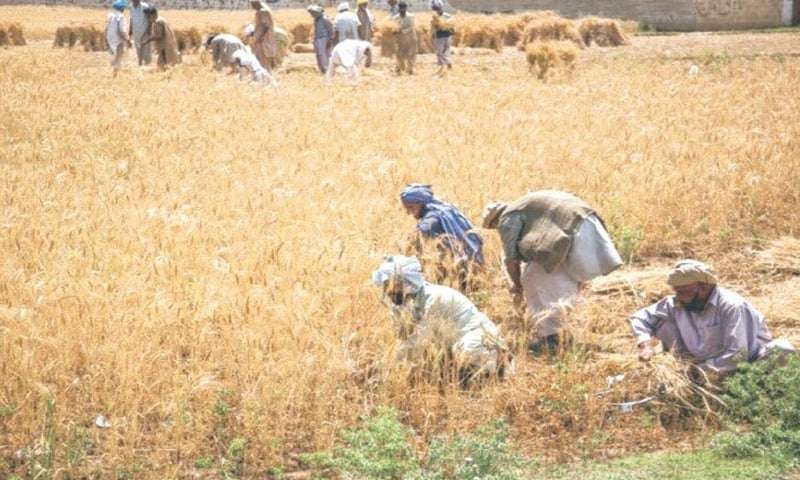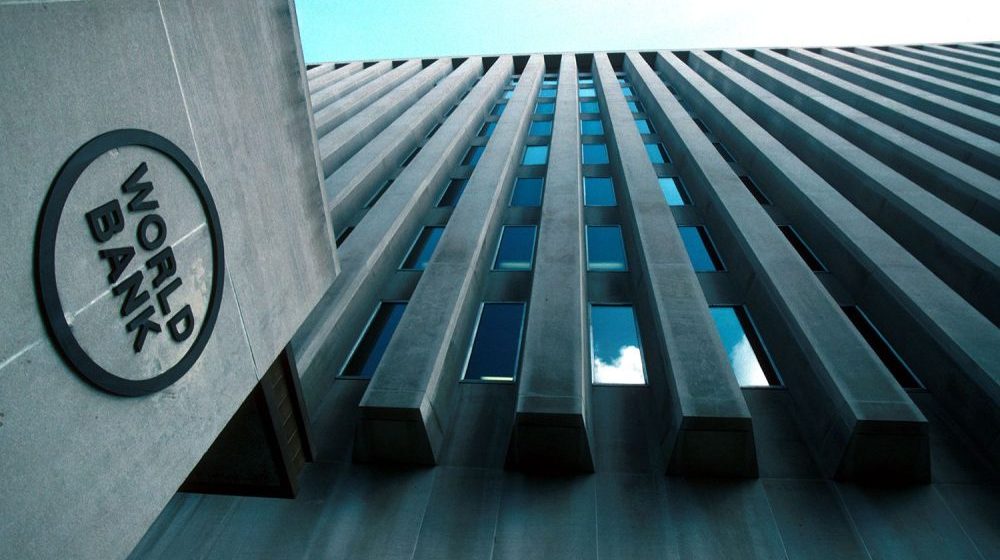ISLAMABAD: The global value added by agriculture, forestry, and fishing experienced significant growth of 89% in real terms from 2000 to 2022, reaching $3.8 trillion in 2022, as reported by the Food and Agriculture Organization (FAO).
Asia Leads the Charge in Agricultural Growth
Main Contributor: Asia
Given its size, Asia emerged as the primary contributor to the global agriculture, forestry, and fishing value-added. The continent’s value more than doubled from $1.2 trillion in 2000 to $2.5 trillion in 2022, accounting for 66% of the world total in 2022. This impressive growth is highlighted in the FAO’s World Food and Agriculture — Statistics Yearbook 2024, released recently.
Decline in Global Agricultural Contribution to GDP
Despite this substantial increase, the global contribution of agriculture to GDP saw a slight decline between 2000 and 2019. This is an anticipated result of the overall growth in total GDP. The Covid-19 pandemic, however, brought about a temporary shift. In 2020, restrictions imposed to contain the pandemic caused declines in the value added by industry and services sectors, while agriculture continued to grow, leading to an artificial spike in agriculture’s share of the total GDP.
Agricultural Land Use Trends
Global Agricultural Land Area
In 2022, the global agricultural land area was reported to be 4.78 billion hectares (ha), a 2% decrease from 2000. This reduction of 0.09 billion hectares over the span of 22 years shows a significant shift in land use practices. Approximately two-thirds of this agricultural land was dedicated to permanent meadows and pastures, amounting to 3.21 billion ha in 2022. This represents a 5% decrease (0.17 billion ha) from 2000. Conversely, the area of cropland expanded by 5% (0.08 billion ha) to 1.57 billion ha in 2022.
Cropland Area Per Capita
One critical observation is the decline in cropland area per capita in all regions between 2000 and 2022. The rapid increase in global population outpaced the growth of cropland, resulting in a 19% decrease in cropland area per capita, reaching 0.20 ha per capita in 2022. This decline is attributed to several factors, including intense agricultural input usage and reliance on agricultural imports or food aid. The development of irrigation infrastructure has also played a pivotal role in allowing total agricultural production to grow much faster than the cultivated area.
Irrigation: A Key Component of Agricultural Intensification
Global Irrigation Development
The global land area equipped for irrigation reached 354 million ha in 2022, marking a 22% increase from 289 million ha in 2000. This is more than double the area equipped for irrigation in the 1960s. Asia remains the frontrunner, accounting for 70% of the global irrigated area, underscoring the significance of irrigation in the region’s agricultural productivity, especially for rice cultivation.
Irrigation’s Share in Cropland Area
The share of irrigated cropland increased to 22.5% in 2022, up by 3.1 percentage points from 2000. The high levels of irrigation in Asia compared to other regions are partly due to the prevalence of irrigation-intensive rice cultivation. Regions with lower shares of irrigated land are more dependent on rain-fed agriculture, which is more vulnerable to changing rain patterns and tends to be less intensive than irrigated agriculture.
Employment Trends in Agriculture
Decline in Agricultural Employment
The number of people working in agriculture, forestry, and fishing globally decreased by 13% between 2000 and 2022, reaching 892 million in 2022, which is 133 million less than in 2000. Employment in agriculture saw a steady decline from 2000 to 2019, dropping to 863 million. However, the Covid-19 pandemic reversed this trend temporarily as many individuals returned to rural areas and re-engaged in agricultural work, particularly in Africa and Asia, leading to an increase of 5 million agricultural workers between 2019 and 2020.
Regional Employment Changes
In Asia, agricultural employment fell from 786 million to 592 million between 2000 and 2022, indicating that over one-quarter of agricultural workers left the sector for other employment opportunities. This shift reflects the broader economic transformations occurring across the continent.
Trends in Pesticide and Fertilizer Use
Increase in Global Pesticide Use
Global pesticide use surged by 70% from 2000 to 2022, reaching 3.7 million tonnes in 2022. This increase primarily occurred between 2000 and 2016, with a brief decline until 2018, followed by renewed growth.
Trends in Inorganic Fertilizer Use
Total agricultural use of inorganic fertilizers, combining nitrogen, phosphorus, and potassium, amounted to 185 million tonnes in 2022, a 7% decrease compared to 2021. This decline is mainly due to significantly higher fertilizer prices driven by rising natural gas prices and supply chain disruptions linked to conflicts.
Regional Distribution of Fertilizer Use
In 2022, Asia accounted for 55% of the global use of inorganic fertilizers, followed by the Americas (28%), Europe (11%), Africa (4%), and Oceania (2%). This ranking remains consistent across all types of nutrients.
FAQs
What was the growth rate of global value added by agriculture, forestry, and fishing between 2000 and 2022?
The global value added by agriculture, forestry, and fishing grew by 89% in real terms from 2000 to 2022, reaching $3.8 trillion in 2022.
How has the global agricultural land area changed between 2000 and 2022?
The global agricultural land area decreased by 2%, or 0.09 billion hectares, from 2000 to 2022, reaching 4.78 billion hectares in 2022.
What is the trend in cropland area per capita from 2000 to 2022?
Cropland area per capita decreased globally by 19% between 2000 and 2022, reaching 0.20 ha per capita in 2022 due to population growth outpacing the increase in cropland area.
How has the use of inorganic fertilizers changed globally between 2000 and 2022?
The global use of inorganic fertilizers decreased by 7% in 2022 compared to 2021, primarily due to higher prices of fertilizers linked to increased natural gas prices and conflict-related supply chain disruptions.
What is the significance of irrigation in global agricultural production?
Irrigation plays a crucial role in agricultural intensification, with the global irrigated area reaching 354 million hectares in 2022, a 22% increase from 2000, significantly contributing to higher agricultural productivity, especially in Asia.
Conclusion
The global agriculture, forestry, and fishing sectors have witnessed remarkable growth in value added over the past two decades. Despite challenges such as population growth outpacing cropland expansion, the development of irrigation, and shifts in employment, the sector continues to adapt and thrive. Asia, in particular, stands out as a major contributor to this growth, leveraging intensive agricultural practices and irrigation. As global economic conditions evolve, these sectors will remain pivotal in sustaining and enhancing food security and economic stability.
SEE ALSO:


